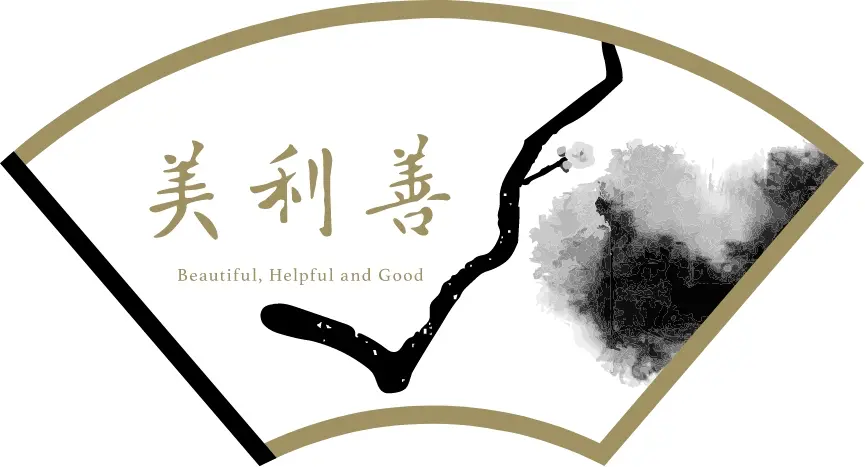Noh play “Shakkyō (Stone Bridge)” and Conceit of the Heart -Part 3

(Continued from Part 2)
The lion motif has long been used as an expression of Japanese artistic design.
Among the treasures in the Shosoin Repository of the Nara period (710–794), we can see lions that inhabit the western part of the Silk Road, and lions that are spiritual beasts born out of Buddhist thought, or as well as designs that may combine these two motifs.
From the Kamakura period (1192–1333) picture scroll “Kasuga Gongen Genki E(Legends of Kasuga Shrine)”, we can see that lions, the king of beasts, are depicted together with peonies, the king of flowers, on sliding door paintings in the residences of aristocrats.
In the latter half of the Noh play “Shakkyō”, the lions appear on a stage decorated with large peonies with a profound and magnificent prelude called “Ranjo”. Usually, two lions, one with a white head and the other with a red head, are used in the performance.
The contrast between the calm and dignified white lion and the lively and dynamic red lion is very refreshing, and it is easy to understand why this dance has been performed for celebrations and hospitality for centuries.
In one scene, the white lion pushes the red lion off a cliff, and the red lion makes a gesture as if to crawl up. The two lions are said to have a parent-child or master-disciple relationship.
The lions dancing, then, may represent the behavior of the young red lion, who is about to face the trials of life, and the older white lion, who is watching over him sternly and warmly.
With this in mind, we made a slight modification to the design of the two most famous lions in Japanese history and used it as the key visual for our NFT marketplace “Tou Chakai”.
The original work was painted during the Azuchi-Momoyama period (1573–1603), the age of unifying the nation by force. Karashishis (Chinese lions), painted by the genius painter Kano Eitoku (1543–1590) for the ruler of the warring states, are heroic and beautiful, but at the same time they seem to be threatening each other.
The earliest recorded performance of “Shakkyō” is in the middle of the Muromachi period (in 1465), but it is said that the performance had already ceased by the Azuchi-Momoyama period. It was not until 1629, during the reign of the third Tokugawa Shogun, after more than 150 years of warfare had ended, that it began to be performed again.
These traditional Japanese performing arts and works of art have passed through many periods of War and Peace.Through these treasures, we would like to continue to explore with you the ideal human relations, social order, and business.
References:
Sannomaru-Shozokan (The Museum of the Imperial Collections) “Tiger, Shishi (Chinese lion) and Lion-The Valiant Images in Japanese Art”, 2010

